Last Updated on October 24, 2024 by SampleBoard
Your creative ideas, unique style, and designs make you stand out in a competitive field.
However, this creativity also increases the likelihood that someone else will steal your ideas.
To grow and maintain your competitive edge, you must understand how to protect your intellectual property (IP).
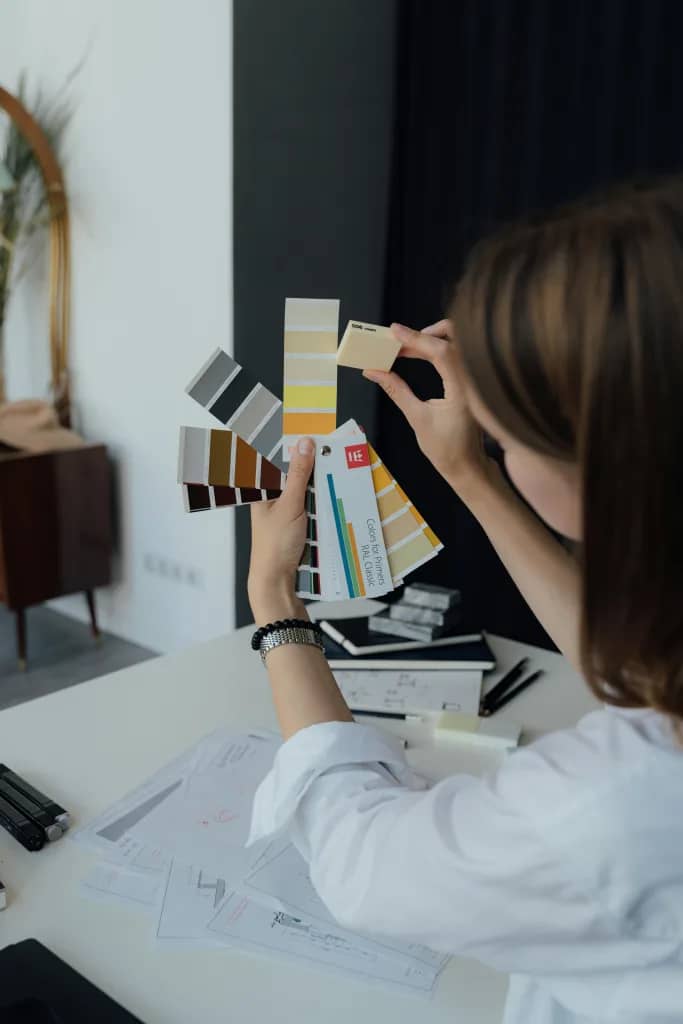
Intellectual property includes all written and visual works of art, inventions, names, designs, and pictures.


Copyright protection is granted to authors of "original works of authorship," which include plays, books, musical compositions, and artistic endeavors.
This means that for individuals in the interior design business, your design drawings, blueprints, and even portions of completed projects might be protected by copyright regulations.
Copyright automatically applies to a work once it is created and fixed physically.
Many aspects of your creative work are automatically protected by copyright law.
This includes:
Copyright security is automatic, but registering your works with the copyright office provides several benefits:
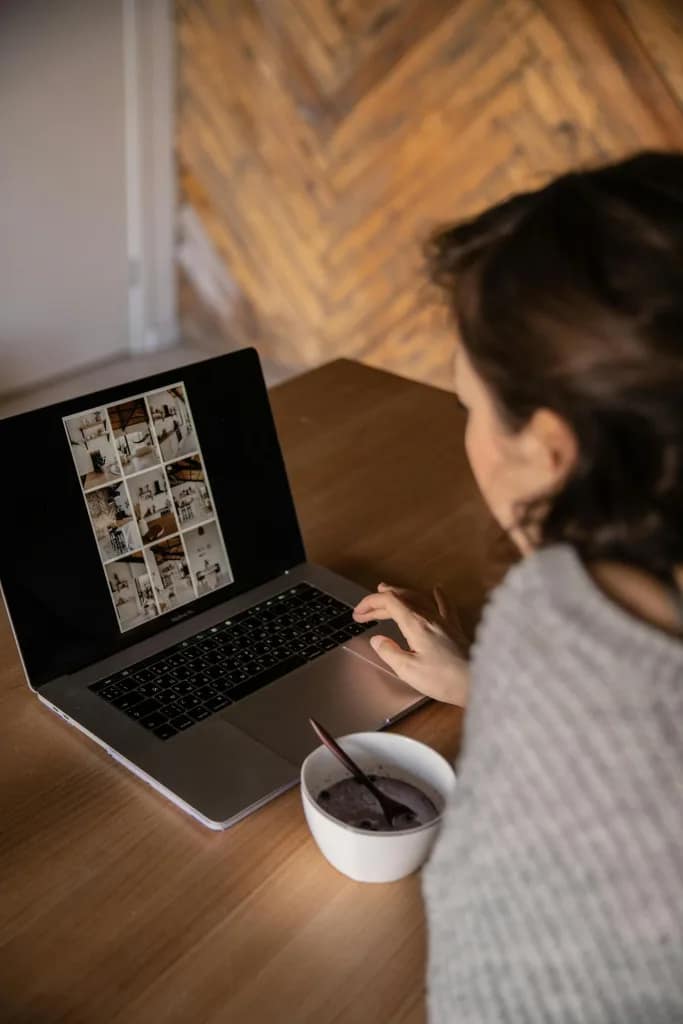
Trademarks protect elements that distinguish your brand from others in the market.
For interior designers, this could include:
Trademarks are essential for protecting your brand identity.
If someone uses a similar name, logo, or slogan, it can confuse clients and dilute your brand's strength.
Trademarking these elements ensures that only you can legally use them.
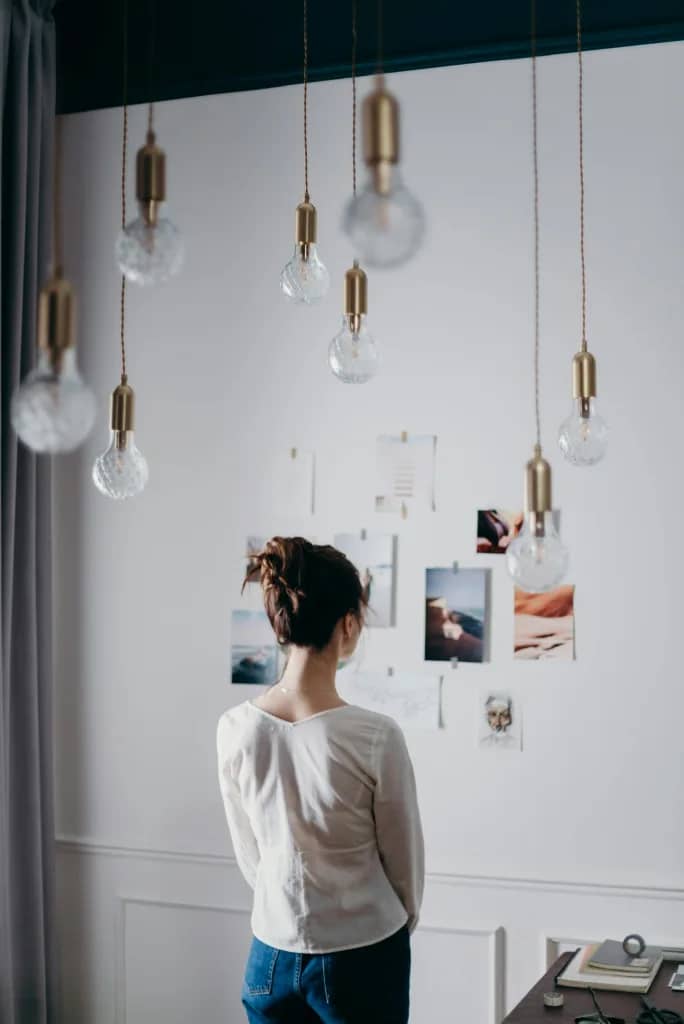
A design patent protects a product's unique visual qualities.
For interior designers, this can include specific furniture designs, fixtures, or decorative elements.
Suppose you've created a novel and original design for furniture or a decorative item you plan to manufacture and sell.
In that case, a design patent can prevent others from making, using, or selling a product that looks substantially similar.
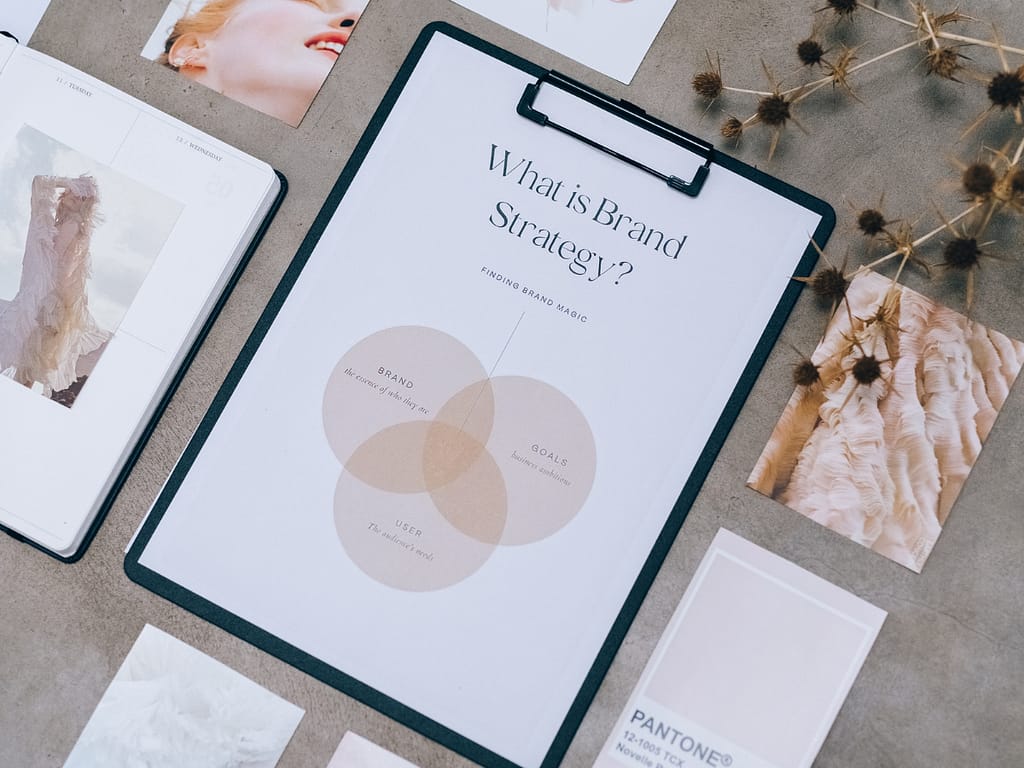
Clear, written contracts with clients and collaborators are crucial for protecting your intellectual property and business interests.
Contracts can define the scope of work, payment terms, and, importantly, IP ownership.
Consider using legal templates for your contracts and agreements to guarantee that you include all necessary legal protections.
These templates at Lawrina can save time and provide a strong legal foundation for your business dealings.
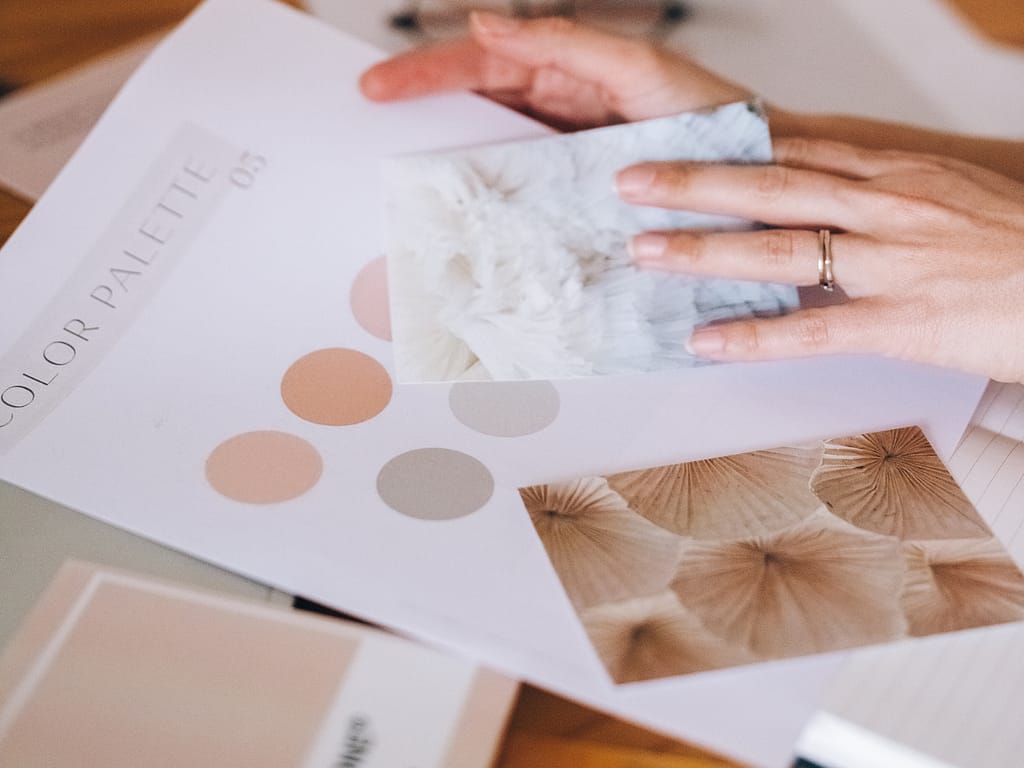
Watermarking your design images and portfolios is a simple yet effective way to deter unauthorized use.
Watermarks show that the work is protected and can prevent others from using your images without permission.
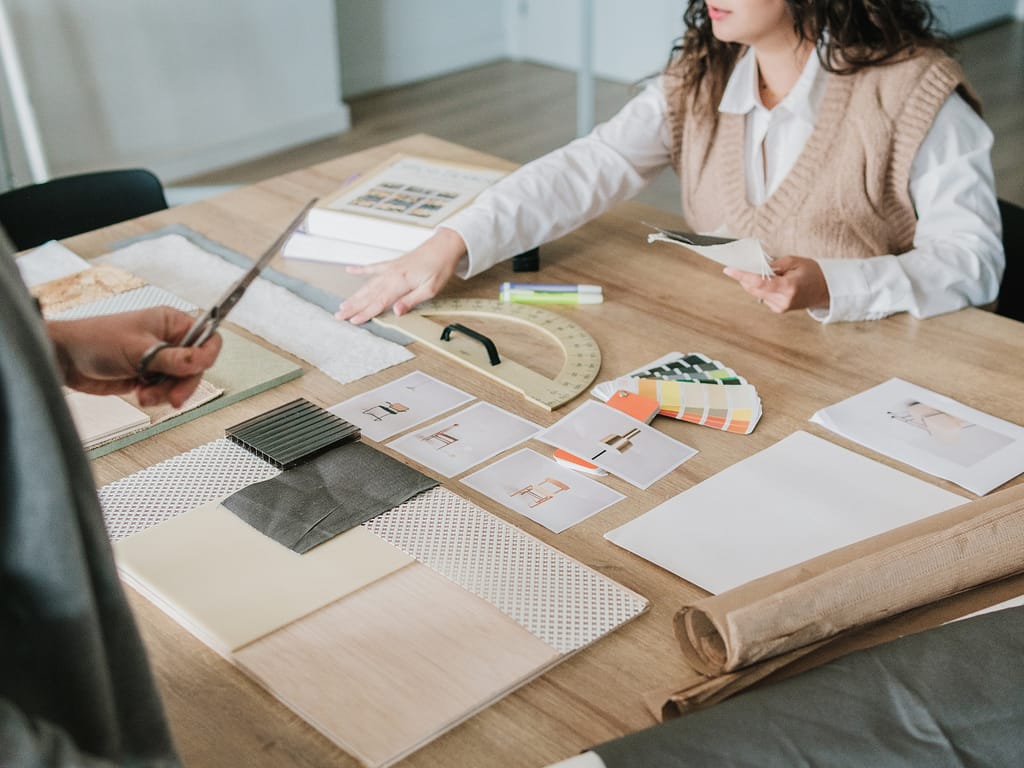
Digital Rights Management (DRM) technologies control how digital content is used and distributed.
DRM can protect digital designs, simulations, and other online content for interior designers.
Use secure delivery techniques to safeguard your work while exchanging digital data with clients or partners.
Password and encryption safeguards can help ensure that only individuals with permission can access your information.
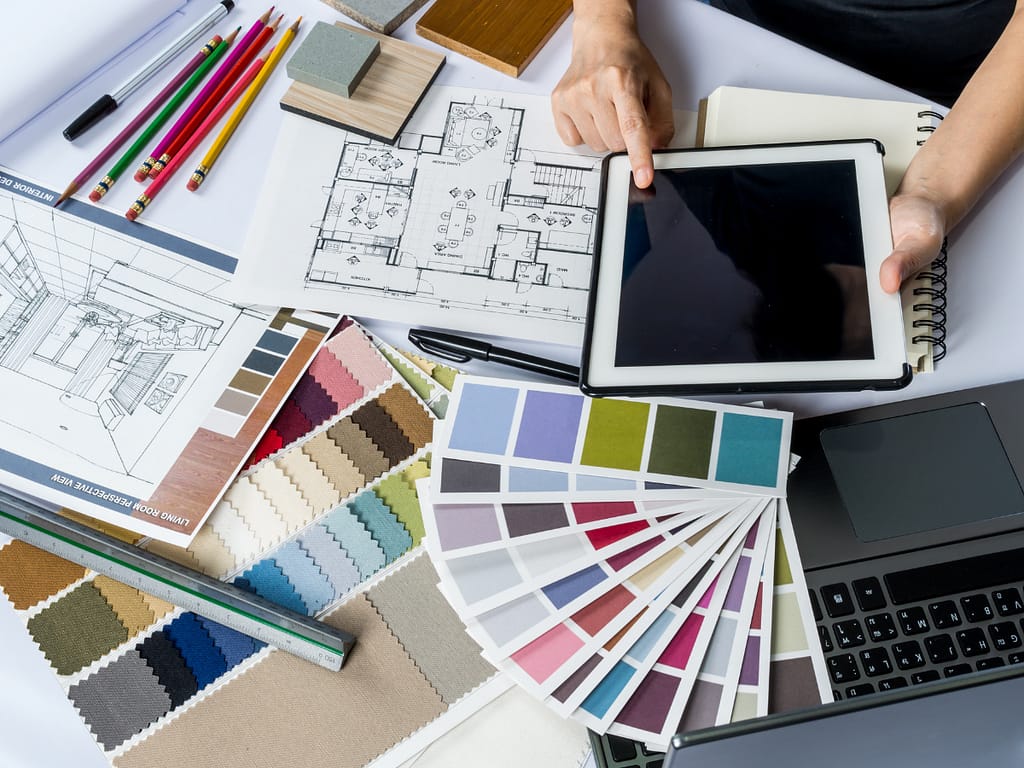
To protect your work, you need to monitor for unauthorized use.
Various tools and services can help:
A cease and desist letter can effectively address the issue if you find someone using your work without permission.
This letter should:
You may need legal action if a cease and desist letter fails to resolve the issue.
Consult an intellectual property attorney to explore your options and ensure your rights are fully protected.
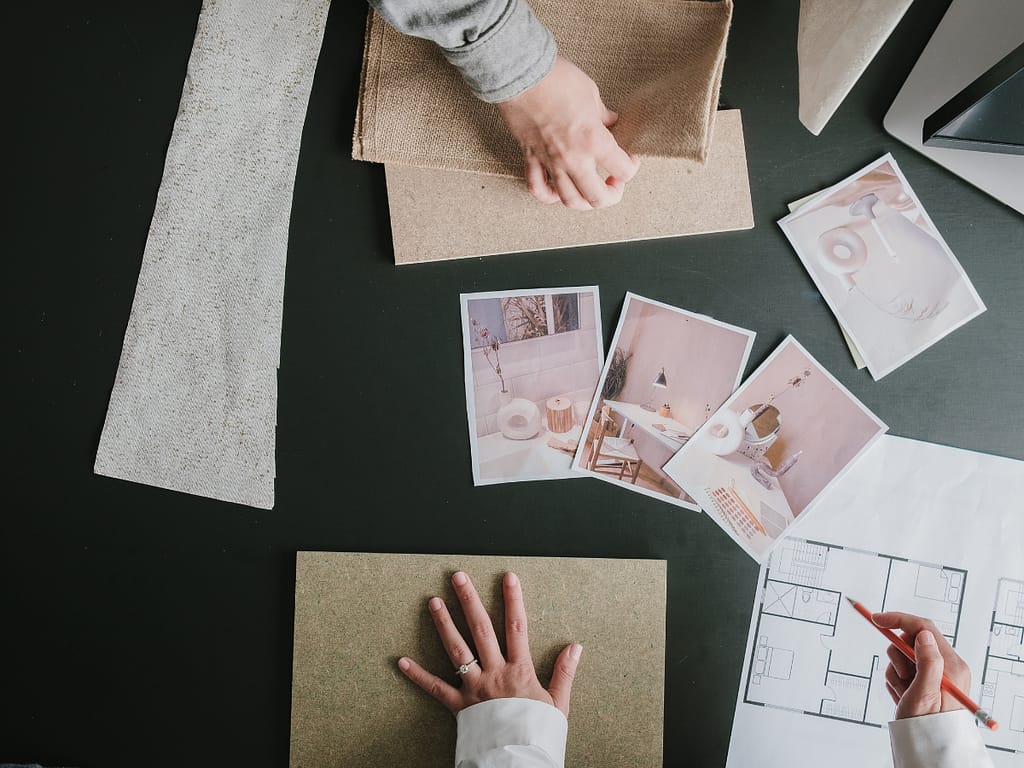
Inform your clients and collaborators about the importance of respecting intellectual property rights.
Clear usage policies can prevent misunderstandings and misuse of your work.
Set up channels for your audience to report unauthorized use of your content.
This can include a dedicated email address or a contact form on your website.
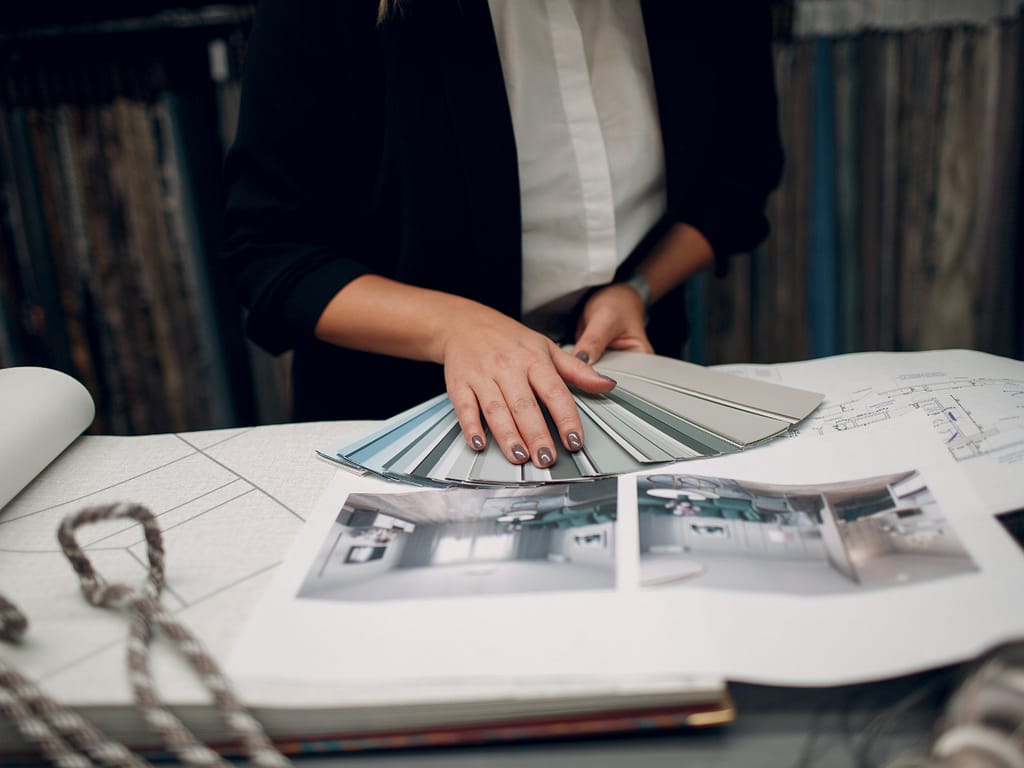
As an interior designer, safeguarding your creative work is essential to keep your reputation and guarantee you get the most out of your efforts.
Protect your designs against exploitation by being aware of the different kinds of intellectual property and using contracts, legal instruments, and digital safeguards.
Enforcing your rights requires constant vigilance and initiative on your part.
Explore comprehensive legal tools like Lawrina for further assistance and resources, such as contract templates.
By taking these steps, you ensure that your hard work and creativity continue to be protected and respected in the dynamic world of interior design.